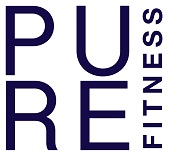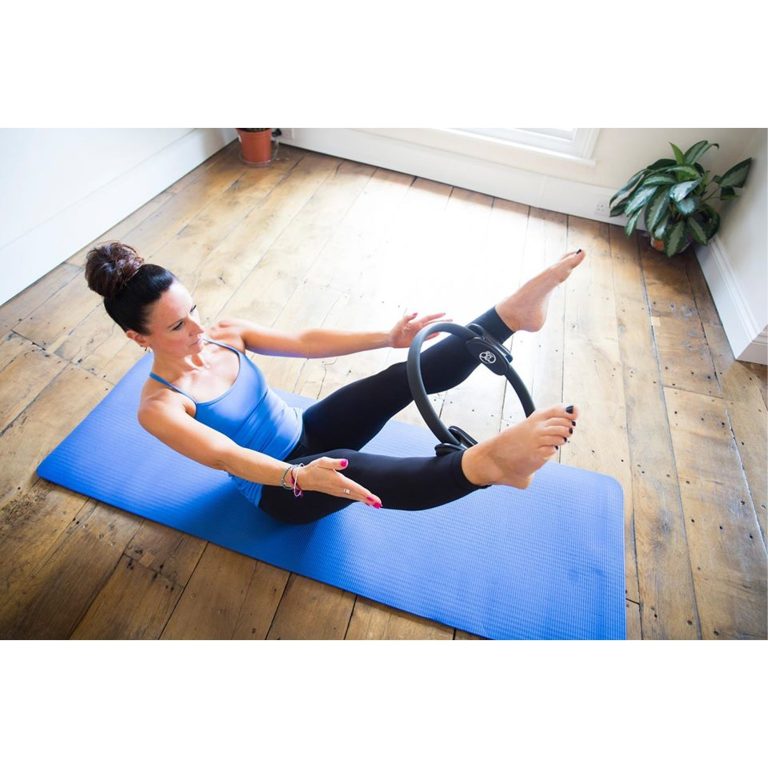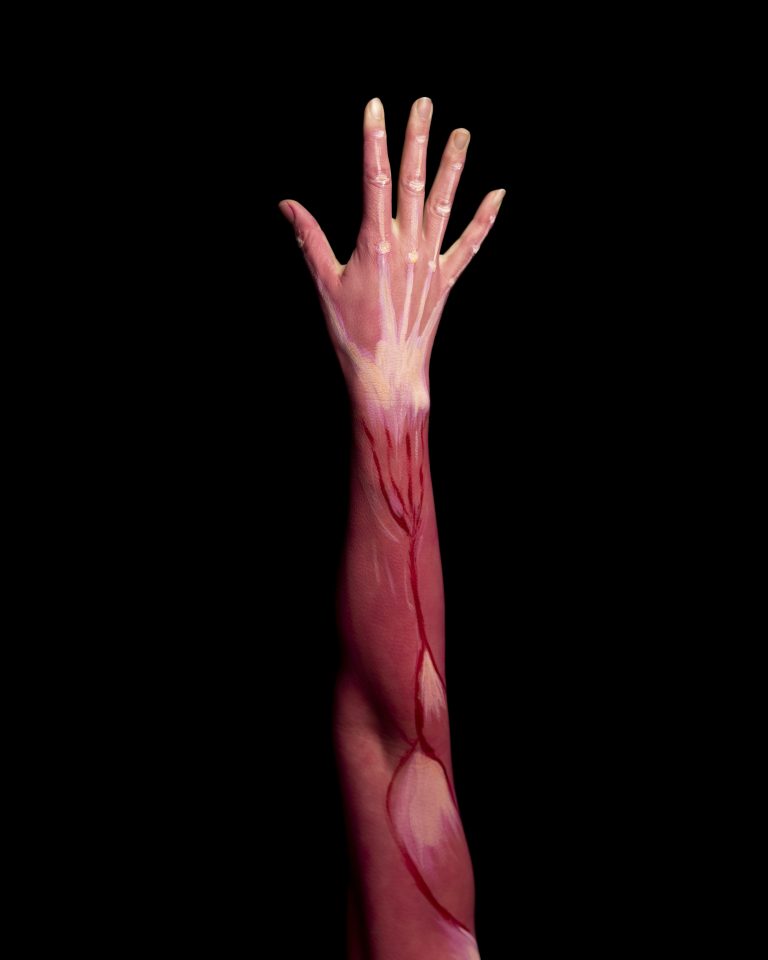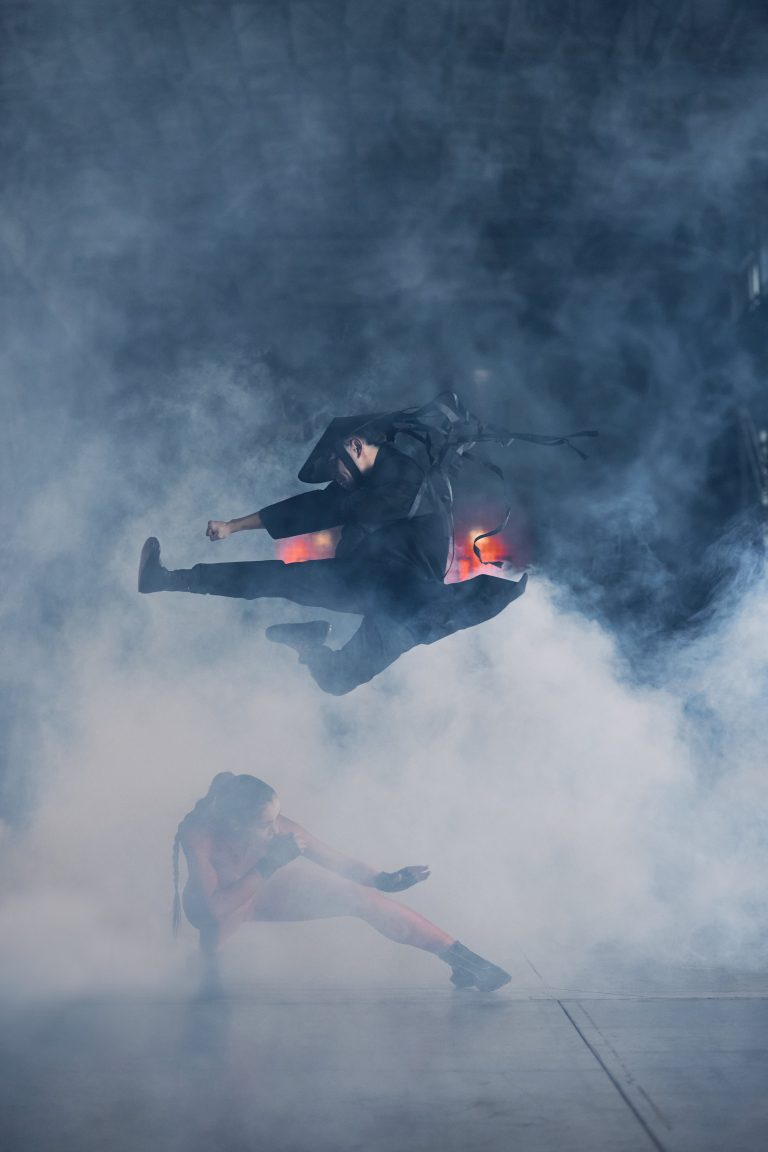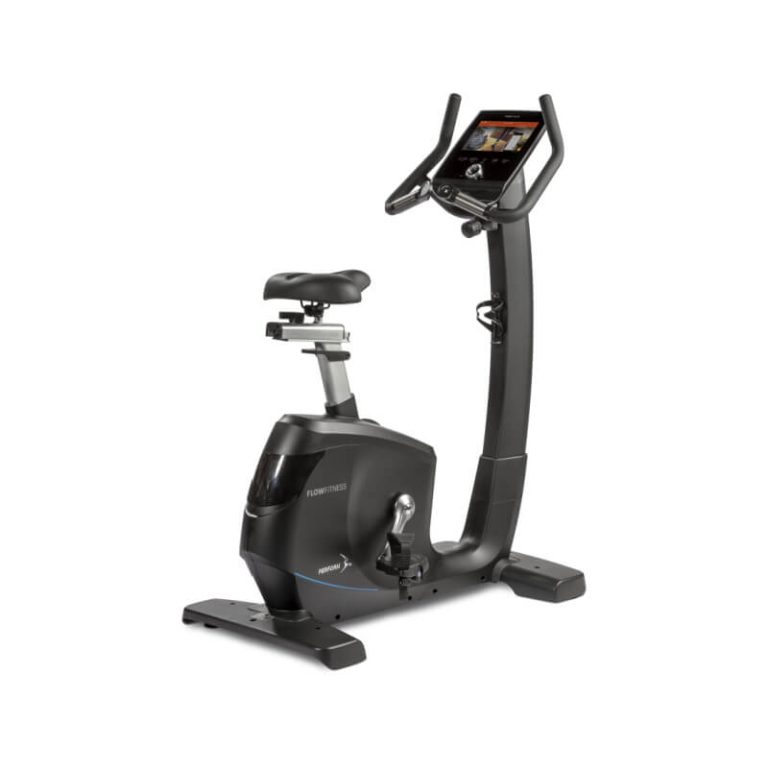Are you looking to enhance your martial arts skills and take your training to the next level? Look no further! In this article, we will explore a variety of exercises that are specifically tailored to improve your performance in martial arts. Whether you’re a beginner or an experienced practitioner, these exercises will help you build strength, flexibility, agility, and overall endurance, ensuring that you are at the top of your game in the martial arts arena. So grab your training gear and get ready to discover the best exercises that will elevate your martial arts prowess.
Table of Contents
ToggleStrength Training
Strength training is an essential component of any martial arts training regimen. By building strength, you not only enhance your overall physical fitness but also improve your ability to execute powerful strikes and explosive movements. There are various ways to incorporate strength training into your routine, including weightlifting, bodyweight exercises, and resistance training.
Weightlifting
Weightlifting involves using weights, such as dumbbells, barbells, or kettlebells, to perform exercises that target specific muscle groups. It helps in developing both upper and lower body strength, as well as improving overall muscle tone. Key weightlifting exercises for martial arts include squats, deadlifts, bench presses, and overhead presses.
Bodyweight Exercises
Bodyweight exercises are a versatile and convenient way to build strength as they do not require any equipment. They rely solely on your body weight for resistance. Push-ups, pull-ups, lunges, and squats are excellent examples of bodyweight exercises that engage multiple muscle groups and enhance functional strength.
Resistance Training
Resistance training involves using resistance bands, cables, or machines to challenge your muscles. It helps in building strength, enhancing muscle endurance, and improving joint stability. Resistance training exercises such as bicep curls, tricep extensions, and cable rows can be incorporated into your martial arts training routine for additional strength gains.
Cardiovascular Conditioning
Cardiovascular conditioning is crucial for martial artists as it improves your stamina, endurance, and overall cardiovascular health. By engaging in cardiovascular exercises regularly, you not only improve your ability to sustain long training sessions but also enhance your recovery between intense rounds of sparring.
Running
Running is a popular and effective cardiovascular exercise that can be easily incorporated into your martial arts training. It not only improves your endurance but also strengthens your leg muscles. Whether you prefer jogging for longer distances or sprinting for shorter bursts, running helps in developing both aerobic and anaerobic capacities.
Jumping Rope
Jumping rope is an excellent cardio exercise that provides a full-body workout. It helps in improving footwork, coordination, and cardiovascular endurance. By incorporating various jumping rope techniques like single leg jumps, double unders, and crisscrosses into your routine, you can enhance your agility and quickness.
Cycling
Cycling, whether outdoors or on a stationary bike, is a low-impact cardiovascular exercise that offers numerous benefits for martial artists. It helps in developing leg strength, endurance, and cardiovascular fitness. Cycling also allows you to tailor the intensity of your workout by adjusting the resistance or choosing different terrains.
Flexibility and Mobility
Flexibility and mobility are fundamental for martial artists as they enhance your range of motion, prevent injuries, and contribute to better technique execution. By incorporating specific stretching exercises and mobility drills into your training routine, you can improve your overall flexibility and movement capabilities.
Dynamic Stretching
Dynamic stretching involves actively moving joints and muscles through a full range of motion. It helps in warming up the body, loosening up the muscles, and improving flexibility before engaging in physical activity. Dynamic stretches like leg swings, arm circles, and walking lunges prepare your body for the dynamic movements involved in martial arts training.
Static Stretching
Static stretching involves holding a stretch for a period without movement, targeting a specific muscle or muscle group. It helps in improving flexibility, releasing tension, and reducing muscle soreness after intense workouts. Static stretches like hamstring stretches, quadriceps stretches, and shoulder stretches should be performed after your martial arts training session to help your muscles recover and increase overall flexibility.
Yoga
Yoga is a holistic practice that combines physical postures, breathing techniques, and meditation. It helps in improving flexibility, balance, strength, and mental focus. Various yoga poses, such as downward dog, warrior poses, and tree pose, can be incorporated into your martial arts training routine to enhance your overall body awareness and flexibility.
Core Stability
A strong and stable core is essential for generating power in martial arts movements, maintaining proper balance, and protecting your back from injuries. By incorporating core-strengthening exercises into your training routine, you can improve your overall performance and technique.
Plank Variations
The plank is a classic exercise that targets the entire core, including the abdominal muscles, obliques, and lower back. By holding a plank position for a specific duration, you engage and strengthen these muscles. To add variety and challenge, you can try different plank variations such as side planks, plank with leg lifts, or plank rotations.
Russian Twists
Russian twists are an effective exercise for targeting the obliques and improving rotational power. To perform Russian twists, sit with your knees bent, lean back slightly, and lift your feet off the ground. Holding a weight or medicine ball, twist your torso from side to side, engaging your core muscles throughout. This exercise helps in improving core stability and enhances your ability to generate power in rotational movements.
Hanging Leg Raises
Hanging leg raises primarily target the lower abs and hip flexors. By hanging from a bar or using a captain’s chair, lift your legs while keeping them straight until they are parallel to the ground. This exercise not only strengthens your core but also improves grip strength and overall stability.
Balance and Coordination
Balance and coordination are essential for martial arts, as they allow you to execute precise techniques with control. By incorporating specific exercises that challenge your balance and enhance your coordination, you can improve your overall performance and minimize the risk of falls or injuries.
Single-Leg Exercises
Performing exercises on a single leg, such as single-leg squats, lunges, or standing leg raises, helps in improving balance and stability. These exercises also engage the small stabilizing muscles in your ankles, knees, and hips, which are crucial for maintaining a solid stance in martial arts movements.
Balance Board Training
Using a balance board or wobble board can significantly improve your balance and proprioception. These devices challenge your core muscles and force you to maintain stability as you perform various movements. By incorporating balance board exercises into your routine, you can enhance your balance and coordination in martial arts techniques.
Agility Ladder Drills
Agility ladder drills are excellent for improving footwork, coordination, and quickness. By performing various ladder patterns such as side shuffles, high knees, or grapevines, you enhance your ability to move swiftly and change directions effectively. These drills simulate the fast-paced movements required in martial arts and help in developing better overall body control.
Reaction Time and Speed
Having quick reflexes and explosive speed is crucial for martial arts, especially in sparring or competitive scenarios. By incorporating specific exercises that target reaction time and speed, you can enhance your ability to anticipate and react swiftly to your opponent’s movements.
Interval Training
Interval training involves alternating between high-intensity exercises and periods of rest. This type of training is particularly effective for improving cardiovascular fitness, muscular endurance, and reaction time. By performing exercises like sprints, burpees, or jumping jacks at maximum effort for a short duration, followed by a brief rest interval, you can train your body to respond quickly and explosively.
Sprint Exercises
Sprinting exercises, such as hill sprints or shuttle runs, help in developing speed, explosive power, and reaction time. By incorporating short bursts of maximum effort running into your training routine, you not only improve your cardiovascular fitness but also enhance your fast-twitch muscle fibers, responsible for quick and powerful movements.
Shadow Boxing
Shadow boxing is a fundamental training technique used in martial arts to improve technique, speed, and reaction time. By mimicking different strikes, footwork, and defensive techniques without a partner or equipment, you enhance your ability to execute precise movements and react swiftly to various situations. Shadow boxing can be performed at different intensities to target specific aspects of speed and reaction time.
Grip Strength
Having a strong grip is essential for martial arts, as it enables you to maintain control of your opponent, execute powerful strikes, and prevent your own attacks from being easily thwarted. By incorporating specific exercises that target grip strength into your training routine, you can develop a vice-like grip.
Grip Strengtheners
Using grip strengtheners, such as hand grippers or grip balls, can significantly improve your grip strength. By repeatedly squeezing these devices, you engage the muscles in your hands, forearms, and wrists, thereby enhancing your ability to hold on to objects or opponents.
Pull-Ups
Pull-ups are a compound exercise that effectively targets the muscles in your back, arms, and grip. By performing pull-ups, you not only build upper body strength but also challenge your grip as you hold on to the bar. Incorporate different grip variations, such as wide grip or close grip, to target specific areas of your back and arms.
Kettlebell Swings
Kettlebell swings are a dynamic exercise that engages multiple muscle groups, including your grip. By gripping a kettlebell and swinging it between your legs, you not only strengthen your legs, hips, and core but also challenge your grip as you maintain control of the weight throughout the movement. Kettlebell swings help in developing explosive power while improving grip strength.
Endurance Training
Endurance training is vital for martial arts, as it allows you to sustain a high level of performance over extended periods. By incorporating specific endurance-based exercises into your training routine, you can improve your stamina, recover more quickly, and reduce fatigue during training or competition.
Circuit Training
Circuit training involves performing a series of exercises, one after another, with minimal rest in between. By combining cardiovascular exercises, strength exercises, and bodyweight exercises into a circuit, you challenge both your cardiovascular and muscular endurance. Circuit training helps in improving overall stamina and promotes efficient energy utilization.
High-Intensity Interval Training (HIIT)
HIIT is a form of cardiovascular training that alternates between short bursts of high-intensity exercises and brief recovery periods. This type of training not only improves cardiovascular fitness but also enhances muscular endurance and metabolic efficiency. By incorporating exercises such as burpees, mountain climbers, or squat jumps into your HIIT routine, you can develop excellent endurance for martial arts.
Tabata Workouts
Tabata workouts consist of high-intensity exercises performed for 20 seconds, followed by a 10-second rest, repeated for a total of eight rounds. This intense interval training method is excellent for improving aerobic and anaerobic fitness, as well as enhancing endurance. Tabata workouts can be tailored to target specific martial arts movements, strikes, or techniques, allowing you to simulate the demands of your chosen discipline.
Plyometrics
Plyometric exercises are explosive movements that utilize the stretch-shortening cycle to produce maximum force in minimal time. By incorporating plyometric exercises into your training routine, you can improve your power, explosiveness, and overall athletic performance.
Box Jumps
Box jumps are a foundational plyometric exercise that targets your lower body explosive power. By jumping onto a sturdy box or platform from a standing position and then stepping down, you engage your leg muscles, core, and explosiveness. Progressively increase the height of the box to continue challenging your explosive power.
Burpees
Burpees are a full-body exercise that combines a squat, plank, push-up, and jump into one fluid movement. By performing burpees, you engage multiple muscle groups and promote explosive power, cardiovascular endurance, and muscular endurance. Incorporating burpees into your routine challenges your overall fitness and develops your ability to generate power under fatigue.
Medicine Ball Slams
Medicine ball slams are an intense plyometric exercise that targets your core, upper body, and explosive power. By forcefully slamming a medicine ball into the ground and catching it on the rebound, you engage your abdominal muscles, upper body, and improve overall power generation. This exercise helps in developing explosive striking power while improving overall core stability.
Mental Focus and Visualization
Martial arts require not only physical strength and agility but also mental focus and clarity. By incorporating specific mental exercises into your training routine, you can enhance your focus, concentration, and mental resilience.
Meditation
Meditation is a practice that helps in calming the mind, improving focus, and reducing stress. By incorporating meditation into your daily routine, even for just a few minutes, you can improve your ability to concentrate during martial arts training or competition. Meditation promotes mental clarity, emotional self-regulation, and overall well-being.
Breathing Exercises
Breathing exercises, such as deep belly breathing or box breathing, help in regulating your breath and promoting relaxation. By incorporating breathing exercises before, during, or after your martial arts training sessions, you can enhance your ability to stay calm under pressure, regulate your heart rate, and maintain focus.
Visualization Drills
Visualization drills involve mentally rehearsing techniques, movements, or scenarios in your mind’s eye. By vividly imagining yourself executing precise techniques, strategizing, or reacting to different scenarios, you can improve motor skill acquisition, develop better situational awareness, and enhance your overall performance. Visualization drills combined with physical practice reinforce neural pathways and help optimize your technique execution.
In conclusion, a comprehensive martial arts training program should incorporate various exercises that target strength, cardiovascular conditioning, flexibility, core stability, balance, reaction time, grip strength, endurance, plyometrics, and mental focus. By including a well-rounded mix of exercises from each category, you can enhance your overall physical and mental fitness, as well as improve your performance and technique in martial arts. Remember to start at a suitable intensity level and gradually progress as you become more comfortable and ensure proper form and technique to prevent injuries.
